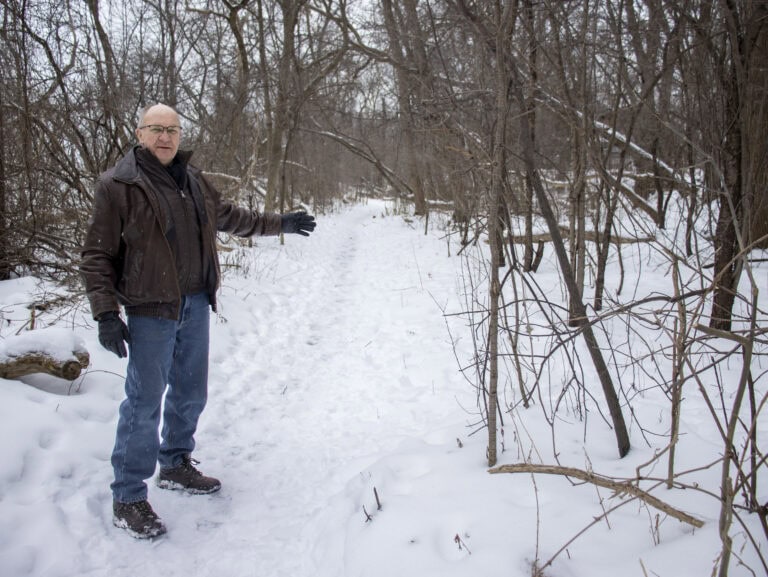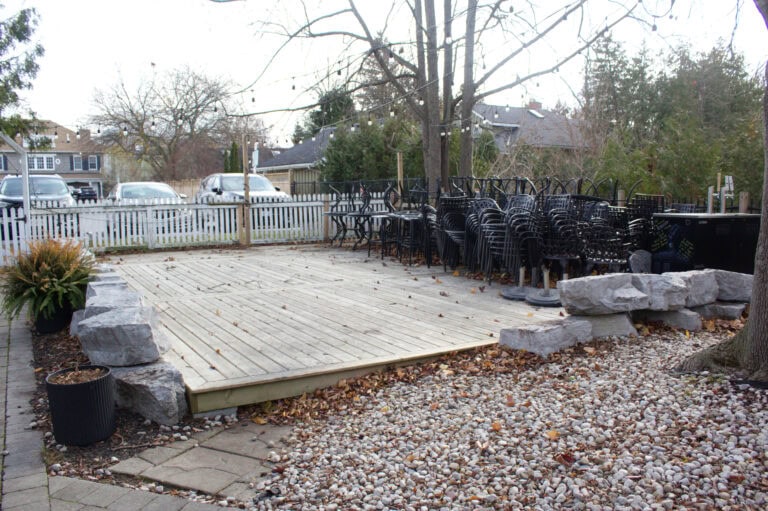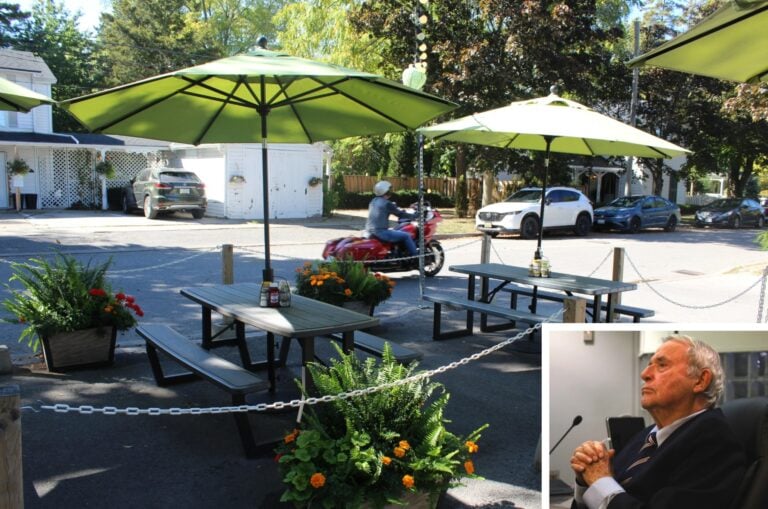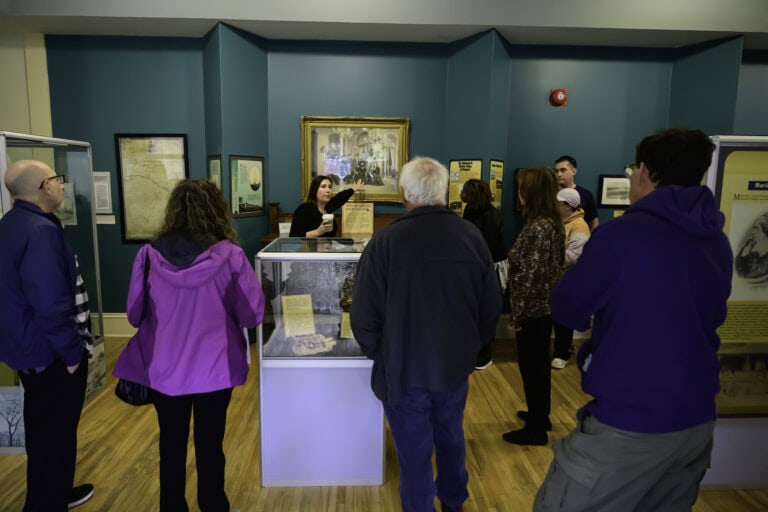Though it may not be the most well-visited spot along the waterfront of Niagara-on-the-Lake today, the three-story, wedge-shaped brick complex on Ricardo Street, known as King’s Point, contains the remnants of history that go back more than a few millennia.
This site, where archeologists have dug up more than 26,000 artifacts from before the arrival of the Europeans in North America, will be the subject of a lecture at the Niagara-on-the-Lake Museum this week.
Martin Cooper, a senior archeologist with Archaeological Services Inc., will speak at the NOTL Museum on Thursday, July 17, about the place known as King’s Point.
Located on Ricardo Street, the property sits at the mouth of the Niagara River where it flows into Lake Ontario. It is now a residential complex with 90 units, bordered by the NOTL Sailing Club and the Pumphouse Art Centre, and overlooked by Fort George National Historic Site.
Cooper has more than 40 years of experience in Ontario archeology. He said the King’s Point site represents 9,000 years of continuous Indigenous occupation.
“When the King’s Point site was discovered in 1998, it yielded more than 26,000 pre-contact artifacts,” said Cooper in a media release. “It’s an enormously rich and important archaeological site.”
The museum hints at artifacts discovered at the site, including early to late Woodland period lithics and pottery fragments as well as archaic projectile points, all of which Cooper will discuss during the lecture.
His research focuses on the Indigenous history of the region, including the occupation of the southeastern Niagara Peninsula by the Neutral Nation.
“You can see how this site was used most frequently by hunter-gatherers between 5,500 to 3,000 years ago, and again 2,000 to 1,500 years ago,” he said.
“Plus, the site also revealed significant evidence related to the War of 1812.”
The lecture, titled “9,000 Years of Niagara-on-the-Lake History: A View from King’s Point,” begins at 7:30 p.m. at the museum.










